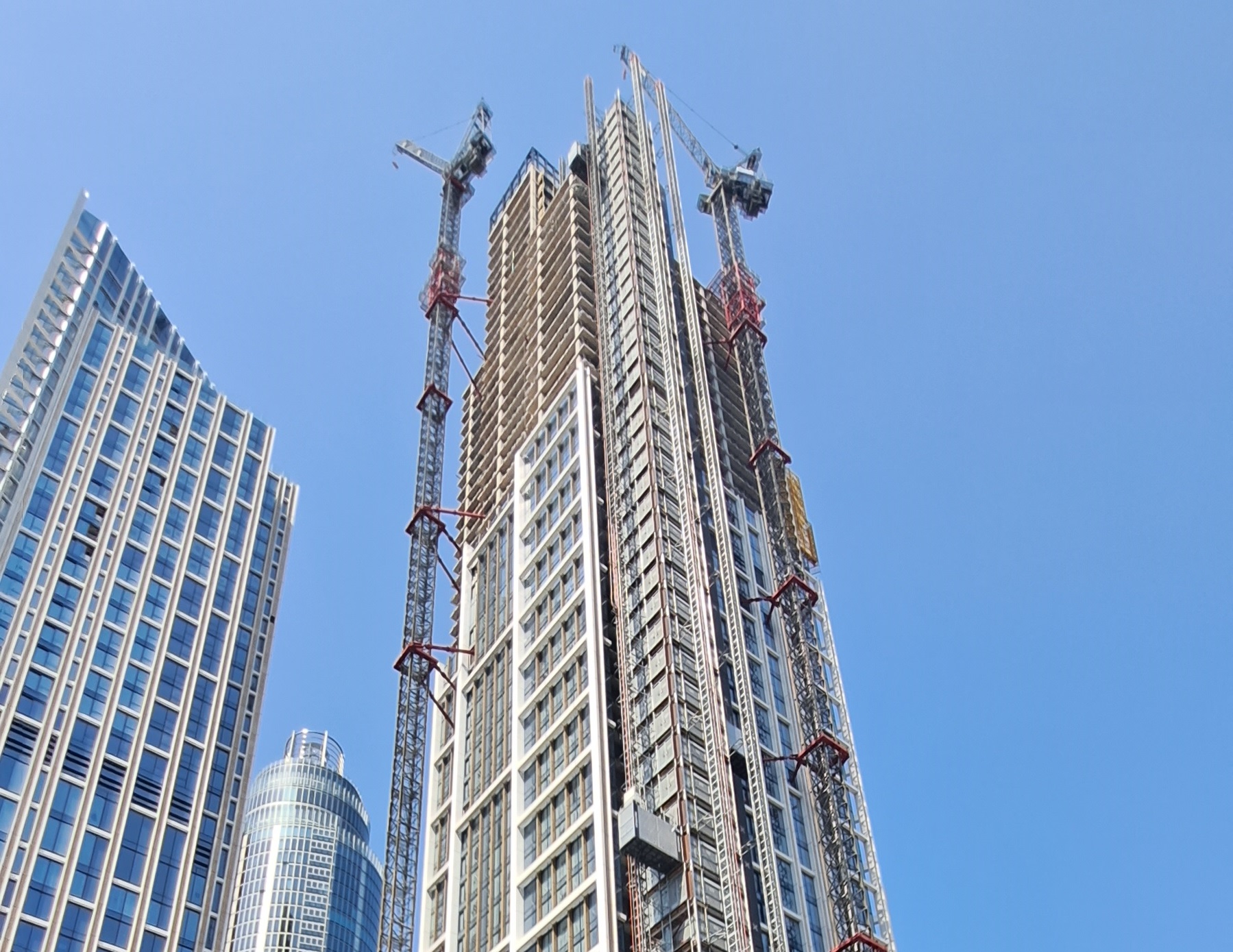Data-driven procurement under the Building Safety Act

Data-driven procurement under the Building Safety Act
Matt Thompson, Sales Director at ITP Ltd, explains the centrality of data in the application of the Building Safety Act and its implications for companies that cut corners in testing and certification.
As a new era of more robust regulation takes shape, construction companies and organisations across the UK are entering uncharted territory. The new Building Safety Regulator will oversee products and systems, acting as a prosecutor for any failures in compliance. Regulation and enforcement will be much more data-driven.
The ready availability of data will de-risk the process, supporting construction operators and building owners in ensuring safety standards are met. Digital tools and systems for data storage will provide instant access to information. The systems must be usable for all, from Tier 1 contractors to SMEs and building occupants.
Transparency of information and certification will be fundamental to the success of these new systems. That will require closer scrutiny of data sources, with testing methods and associated documentation. The quality of testing and data within the construction industry is highly variable. Some suppliers and manufacturers will go to the nth degree to demonstrate that their products meet and exceed performance requirements. Others will cut corners, obfuscate and omit.
High-rise façade design is an area of construction that illustrates the problems caused by this variation. Fire safety compliance for breather membranes is determined by the Euroclass system (with Euroclass B the minimum by law and Euroclass A recommended for best practice) but a product’s classification can be misleading when separated from the context of its durability. A Declaration of Performance (DOP) should show the tests results before and after ageing as specified in the harmonised standard BS EN 13859-2, but some manufacturers supply a DOP without the results after ageing. It’s impossible to make an informed decision about membrane specification without that data, particularly in relation to open-jointed cladding and permanently open facades.
The data is also relevant to the open building phase, when the facade and breather membrane are exposed to the elements. For example, any system that is not fully tested for 336 hours of UV resistance cannot be relied upon to resist degradation in other areas of performance such as fire safety. In case of permanently open facades the product should be tested to 5,000 hours of UV exposure.
The dutyholders operating under the Building Safety Act should also be wary of crucial omissions within lab testing methodology. For example, some membrane manufacturers supply test data for their textile, but not for the integrated adhesive materials they supply to fix it to the façade or to make overlaps. If the latter does not meet the same fire rating, the former’s credentials are fundamentally compromised. Products should be fully tested as a system, encompassing all elements used within the installation, rather than a material tested in isolation or with reference to elements which are not supplied as standard.
The Building Safety Regulator and the information systems used for evidence-based regulation will expose deficiencies in data and testing. Companies will be required to provide documentation of production processes as well as performance. Many suppliers will be forced to raise their game to sustain business. In the meantime, dutyholders should do all they can to safeguard against future retrospective prosecution by relying on independent testing. If a supplier is unable to provide certified evidence of independent testing from a recognised testing body, it is likely that the tests were carried out in-house and therefore their findings lack credibility. In the case of fire safety testing, there should be no tolerance of doubt concerning methodology and veracity.
Companies can no longer claim to work in isolation as the Building Safety Act brings new collective responsibilities and a need for collaboration. One shortfall can impact the whole system, so data must be available throughout the supply chain. The new regulatory landscape is not yet fully formed, but there is no doubt that the centrality of data and testing will leave no room for shortcuts or misrepresentations.
For further advice on façade fire safety, contact ITP’s Building Team on 01347 825200 or info@itpltd.com